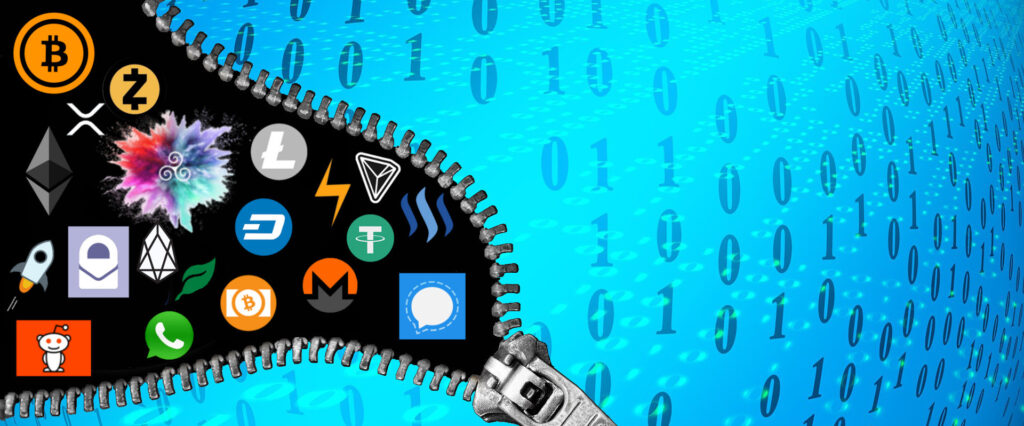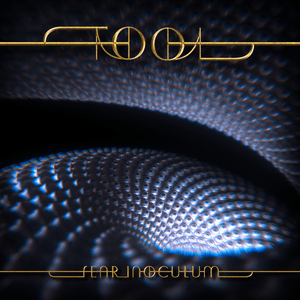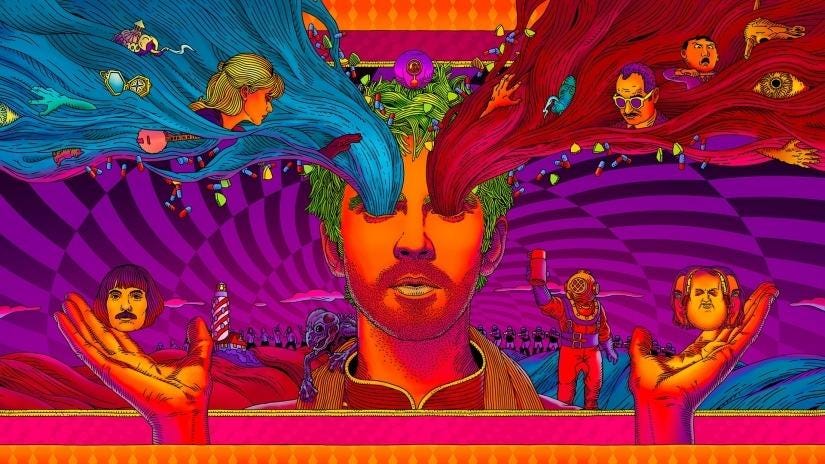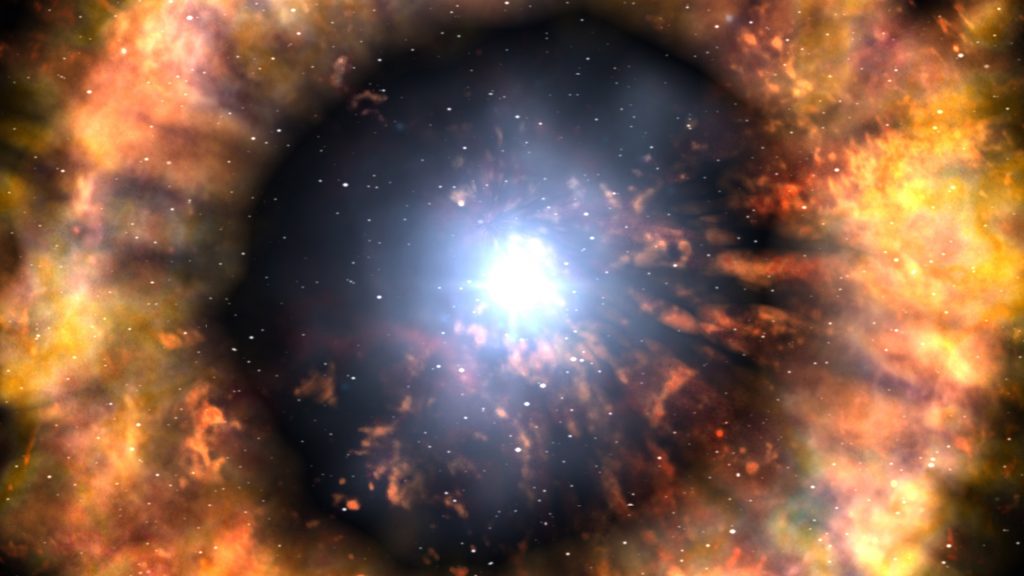
Having worked in crypto for just 18 months, I have this weird combo of feeling like I don’t understand anything that’s going on around me, especially the tech, and also feeling like everything is taking so long to develop throughout the industry. One focus of my work at the moment is preparing for the release of token creation software that is built right into the wallet app that holds your coins. There is a lot of other stuff I’m working on, but I’m thinking about that a lot lately, because it’s not just a unique thing I’m working on, but also a thing that I want to succeed and I’m looking for signs that might tell you whether that’s going to happen.
Tokens and alt-coins
In all fairness, the most obvious indicator is the alt-coin market. Conflation of tokens and alt-coins is a dangerous oversimplification, but they share an important characteristic. There is Bitcoin, and then there is everything else. Both alt-coins and tokens fall into the ‘everything else’ category.
So, the alt-coin market is down and has been for a nice little while. Everyone’s historical graph looks the same when you scroll down on Coingecko: crazy spike at the end of 2017 and then plummeting to a fraction of that value (whatever the peak may have been) and flattening out thereafter. Bitcoin, on the other hand, has shown significant resilience and has more than ten times the value of the next most valuable crypto.
If this makes you ask, “why tokens”? I get you. No one is unseating BTC for value any time soon, and if you look at crypto only as a replacement for fiat, then it’s easy to understand the drawbacks of too many currency options. I think this is a bit of a reductionist argument. The reason is utility.
Tokens as a key to community
Some may think the explanation that follows is a word salad; like I am twisting things just enough to get the outcome I wanted in the first place: tokens are awesome! If this is you, I’m not sure how to dissuade you. Suffice to say, it’s just a prediction and it could be wrong.
Bitcoin, extraordinarily, appears to be the evolution of money. At this point it has enough acceptance and has been around long enough that I don’t think it’s going away. So the point is that BTC is one of (and the best) attempt to re-engineer MONEY using this fancy new technology.
Those who analogize each alt-coin to the fiat of a tiny nation miss the point. The difference is this — for geopolitical subdivisions of terrestrial real estate (nation-states), the community was there first. The users are already in the physical location and it is that PROXIMITY which creates the need for a common and convenient unit of exchange.
Crypto is different because it has never been beholden to confined portions of real estate. In other words the value proposition predates the creation of a community. The bad news is that community building may be an inorganic process. Excessive marketing can (and sometimes does) devolve into cult-like megalomania.
On the other hand, blockchain allows for securing of value as a fundamental building block. The application of this technology to established industries like banking and gambling is easy to understand. What about other industries? Where else (and how else) is value transferred, and, more importantly, what are the building blocks of the relationships that lead to those value transfers?
One place we know this to be the case is entertainment, and in particular, in gaming. Value gets transferred in mobile games all the time via in-game economies. These mimic the movement of currency, but it’s completely one-sided with the game developer controlling all aspects (and custody) of the asset. With crypto, as I’ve discussed before, the in-game economy can be unleashed so that it is not hemmed in by the boundary of the game.
Another place we are seeing value exchange where we did not see it in the past is with attention. This may have actually come from the gaming economy where viewing advertisements is incentivized by the opportunity to obtain more in-game assets. Similarly, websites are offering crypto rewards for visiting and looking at their content. That data is being tracked anyway, in most cases at least, and the crypto (even if valueless) acts as a kind of receipt for the collection of that data.
The ability of industry to use huge amounts of personal data is still relatively new. That data is something we did not realize was so valuable until after we let Google and Facebook steal it from us. Now that the cat is out of the bag, we are seeing more and more crypto projects trying to “pay” for that data transfer. What we can do with that “payment” is another story. There are attempts to make loyalty program coupons. Other cryptos think their coin will become mega valuable so payment today supposedly equals value tomorrow.
I’m not sure how I feel about these use cases. I don’t think they will make anyone richer. But, the transparency that comes with this practice is noteworthy. The evil of Facebook and Google was not just their taking our data. The greater sin was not telling us. The free and fair flow (exchange) of information, in multiple directions, is the original dream of the internet.
Being a part
And what happens when that flow of information is going transparently in both directions? That’s when communities form. And that’s why tokens will work. Whatever the use case may be, it is the community that gives the token value. If people cluster around a project, then the token that permits PARTICIPATION in that community will become valuable.
The evidence of this concept can be seen in the United States’ most important crypto exchange. Coinbase obviously recognizes the potential of alt-coins, despite the current market prices. The trend over the past twelve months has been to add more support alts, not less. I don’t know if this is about trading or dumping or something else. It certainly means that the BTC maximalists have not yet been proven right. Just look at how many coins Binance supports.
Is this where the ionomy platform’s Atomic Token Protocol is going? I have no idea. I do know that ionomy tokens will be trade-able on the ionomy exchange. I also know that the ability to configure tokens in the new wallet will be very user friendly.
So I renew the observation about my impatience, especially since it is part of my livelihood and fealty to the ION blockchain. I know I am also not the only to be impatient about the release of tokens in the ION community. But, with that being said, I can’t help but feel that crypto is in a sweet spot right now. A lot of the garbage projects got washed out of existence during ‘crypto winter’ and the space is clearly maturing, especially with players like Coinbase and Gemini trying to show that a regulated platform can expand crypto’s reach. At the same time, the space is still vibrant and filled with young people who are willing to take a chance to realize their vision.
The ‘only’ thing they really need to be successful is a community.








